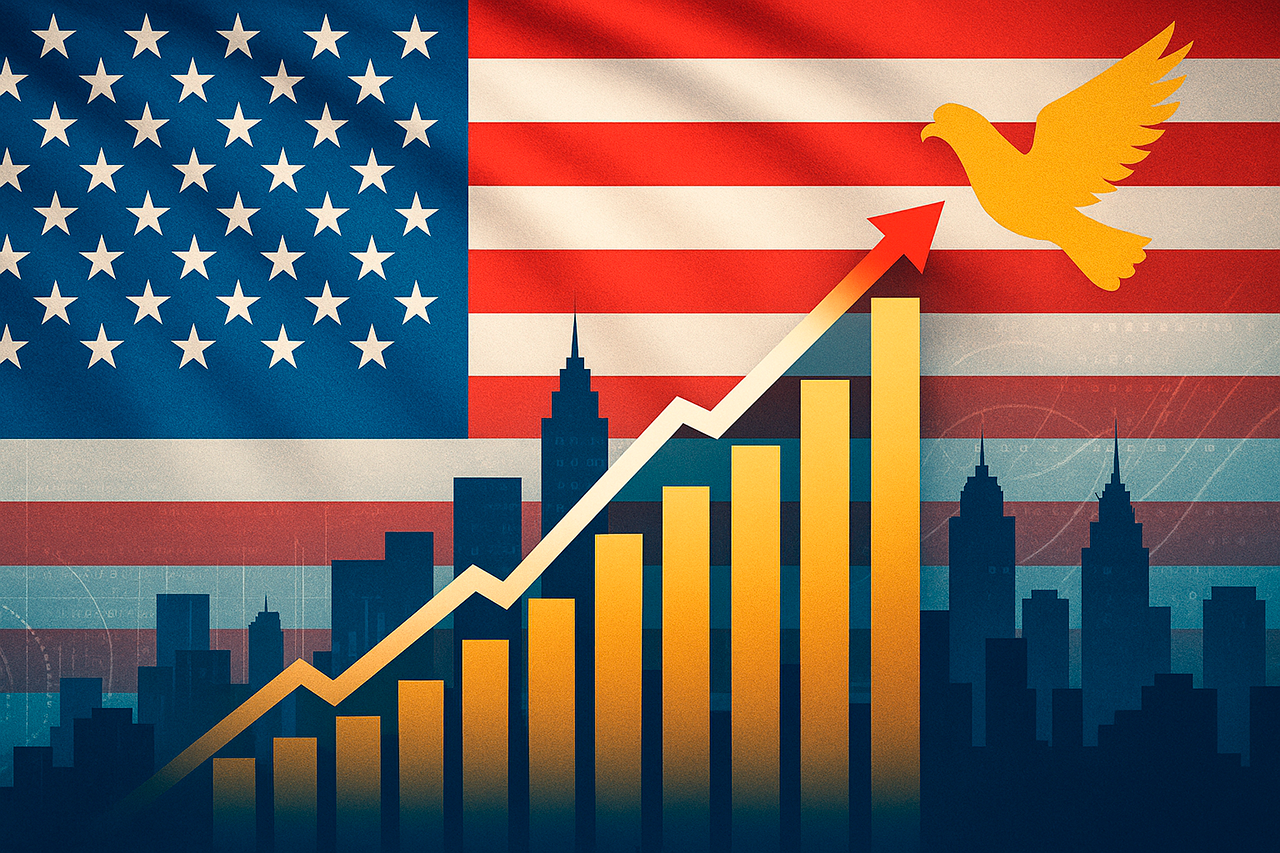Solid Growth Amid Trade Uncertainty
The U.S. economy maintained healthy momentum in Q1 2025, with real GDP expanding at an annualized rate of 2.3%. Strong consumer spending—particularly in services such as travel and healthcare—and a rebound in business capital expenditures underpinned this expansion. However, ongoing trade policy debates continue to weigh on corporate sentiment. Although major tariffs were suspended earlier this spring, smaller manufacturing firms report supply-chain delays that have translated into rising input costs and production bottlenecks.
Analysts at the Brookings Institution caution that while headline numbers look robust, the true test will come if trade negotiations falter again. Firms with exposure to imported intermediate goods may face renewed price pressures, which could ripple through to consumer pockets later in the year.
Labor Market Resilience
Unemployment has hovered between 4.0% and 4.2% over the past twelve months, reflecting one of the tightest labor markets in decades. April 2025 saw the addition of 177,000 new jobs, closely tracking the six-month average. Wage growth remains moderate—around 3.5% year-over-year—alleviating some concerns of a wage-driven inflation surge.
Still, there are early warning signs. Job openings have dipped from a peak of 9.0 million in late 2024 to 7.7 million today. If this downward trend accelerates, it may signal a softening demand for labor, especially in leisure & hospitality and durable goods manufacturing.
Inflation Approaches Target
Headline CPI inflation cooled to 2.4% year-over-year in March, down sharply from the 2022 peak of 9.1%. Core CPI (excluding food & energy) averaged 3.0% in Q1, moving closer to the Federal Reserve’s 2% objective. This moderation has allowed the Fed to hold the federal funds rate steady at 4.25–4.50% for the past three meetings.
Nevertheless, food prices jumped 4.2% over the past year, driven by higher grain and dairy costs, while rent inflation remains sticky above 5%. Policymakers warn that uneven price pressures may require a cautious approach to future rate cuts.
Balancing Risks and Policy
Despite solid foundations, the U.S. economic outlook is not without hazards. Expert surveys cite trade policy volatility as the top external risk. A rollback of tariffs on certain imports provided temporary relief, but any renewed escalation—particularly with key trading partners—could prompt a swift shift in market expectations.
Domestically, rising budget deficits and debates over the debt ceiling pose additional uncertainties. S&P Global Ratings has warned of a potential downgrade if fiscal imbalances remain unchecked. In this environment, the Fed has stressed its need for “greater clarity on fiscal stance” before adjusting monetary policy further.
Outlook for the Rest of 2025
Forecasts from leading institutions project 2.2% GDP growth for the full year, down slightly from earlier estimates as higher interest rates weigh on borrowing. Inflation is expected to settle near 2.8%, with a gradual easing toward the 2% target by early 2026. Market strategists see room for modest rate cuts—perhaps two 25-basis-point reductions—beginning in Q1 2026.
However, geopolitical tensions, fiscal negotiations in Washington, and the trajectory of consumer sentiment will remain critical.






